Inter IoT Connecting Global Smart Systems
The Internet of Things (IoT) has happened in the 21st century, changing the way we live and work in many big ways. It means all the different devices we have in our homes, like sensors and things like appliances, and also bigger machines in factories and vehicles, that can share information and talk to each other using the Internet.
As the number of IoT devices keeps going up, one big problem has come up: interoperability. Different IoT systems, made by different companies or meant for certain types of industries, often can’t share or work together very well. This fragmentation makes it hard for the things connected to the Internet to work together well, which means they aren’t as useful as they could be.
The Inter-IoT project is trying to fix this problem by giving a way for different IoT platforms to connect and work well together.
This essay looks at what Inter-IoT is for, how it is set up, what special parts it has, what problems it faces, and how it will affect things in the future, to help you understand how it helps bring the IoT world together.
What is Inter-IoT?
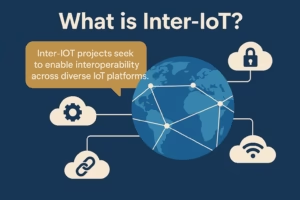
Inter-IoT is a European research project that gets support from the Horizon 2020 program. It was created to help solve one of the main problems with the Internet of things scene. the lack of interoperability between different platforms is a problem because it makes people waste their time opening different apps and trying to move data from one to the other.
These platforms—made by different companies or groups that set standards—usually have their own ways of communicating with each other, use different kinds of data formats, and have their own ways of being managed. As a result, it is pretty hard for them to get along and work as a team.
Inter-IoT offers some ways for different Internet of Things platforms and areas (like health, transport, smart cities, farming, and so on) to talk to each other and work together, without needing everyone to start over or replace everything from scratch. It does so by setting up a system that is broken down into simple parts and layers, making it easier to connect different parts of the IoT system at different points. device, network, data, how things are understood, and services.
Goals and Objectives
The project was inspired by the following main objectives:
1. Horizontal Interoperability: Allow different IoT systems in the same domain to communicate with each other (for instance, different systems in a smart city).
2. Vertical Interoperability: Make it possible for data and devices to link together at all levels of the IoT architecture.
3. Cross-Domain Interoperability: Support working arrangements between services such as healthcare and transport.
4. Plug-and-Play Functionality: It should be possible to connect new devices to the platform without a lot of extra work.
5. Open Standards and Architecture: Avoid getting locked into a single vendor’s tools by ensuring that your work uses standards and programs that many people have access to.
Architecture of Inter IoT
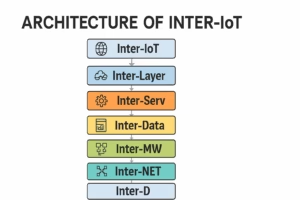
Thanks to the flexible architecture, developers and system integrators can customize their approach to achieving interoperability. The main layers include:
1. Inter-Layer (Inter-Layer Interoperability)
This is the main concept behind Inter-IoT. It copy and paste supports the flow of messages among different IoT systems and brings coordination to the rest of the layers. There are modules in it for handling configuration, management, monitoring, and security.
2. Inter-MW (Middleware Layer)
Because of Inter-MW, the apps and data tools on different platforms can communicate easily. A good example is that a platform using MQTT can message one using CoAP or HTTP.
3. Inter-IoT Network (Inter-NET)
It handles compatibility at the network level so that systems and devices that use different protocols can still communicate with each other.
4. Inter-IoT Device (Inter-D)
This layer allows various devices made by different companies to communicate and work together easily.
5. Inter-IoT Data (Inter-Data)
You will often find that data on various platforms is presented in different ways. This layer helps format the data in a way that all programs can use it consistently.
6. Inter-IoT Semantic (Inter-S)
Out of all, semantic interoperability helps to preserve and interpret data meaning everywhere. If one side communicates temperatures in Fahrenheit and the other in Celsius, semantic tools will be able to solve this.
7. Inter-IoT Services (Inter-Serv)
The aim of this layer is to ensure that services can communicate, so different data or functions from different systems can be combined in one application.
Use Cases of Inter IoT
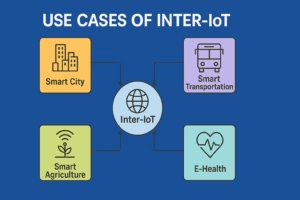
1. Smart Cities
Usually, smart cities consist of many different systems that do not depend on each other. keys areas in sustainability include controlling traffic, public transport, handling energy, checking the environment, and so on. Different systems could be developed using different platforms. By using Inter-IoT, authorities are able to handle traffic and air pollution by bringing information together from several sources.
2. Healthcare and Emergency Services
It is very important for health monitoring systems, emergency teams, and hospitals to share data quickly during emergencies. Using inter-IoT, wearable health devices can work with hospital data systems without concern for the brand or type of software they are running.
3. Smart Mobility
There are multiple platforms being used in smart cars, traffic signals, and logistics systems. Autonomous vehicles can benefit from features in traffic systems, smart parking systems, or any other connected IoT system without worrying about technology differences.
4. Industrial IoT (IIoT)
Many factories relies on hardware whose technology has improved over time and also on the newest Internet of Things technology. Inter-IoT makes sure that these two can be connected to display unified data and control systems on the dashboard.
Challenges Addressed by Inter IoT
1. Heterogeneity
Different technologies have their own protocols, how information is stored, and the way devices communicate. It standardizes these areas or comes with translation layers that enable different IoT systems to communicate.
2. Scalability
Communication can get harder between platforms as the number of devices used grows. Scaling up is easy in Inter-IoT because it uses a modular structure.
3. Vendor Lock-In
Many IoT systems that are owned by one company do not allow devices from other companies to communicate with them. It supports open standards and does not depend on one company, giving more options and flexible choices.
4. Security and Privacy
Cross-platform communication introduces security concerns. Inter-IoT relies on multiple security protocols to support encrypted data, manage who can access it, and ensure no changes are made to the information.
5. Semantic Misalignment
Sharing data is sometimes not enough, as the meaning can still be inconsistent between systems. Thanks to the semantic layer, the context and meaning of information exchanged between devices are kept in place.
Technologies Used in Inter IoT
- Frameworks, for example OWL, that use ontologies to achieve semantic interoperability.
- Protocols in use include MQTT, CoAP, HTTP, and DDS.
- For example, FIWARE and oneM2M are open-source platforms.
- How security is provided through PKI, encryption, and authentication protocols.
- You can use JSON/XML converters, data mediators, and translators for data transformation.
Benefits of Inter IoT
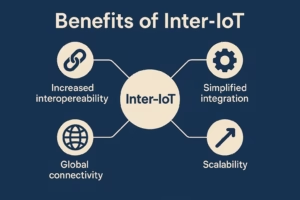
- Improved Efficiency: Individual systems can work jointly, helping to avoid duplicated efforts and the need for manual input.
- Faster Deployment: It is easier to connect new gadgets and services now.
- Cost Savings: Minimizes the need to renew the whole structure of a system.
- Better User Experience: Applications work smoothly and more in unison with the help of better end-user interactions.
- Enhanced Innovation: Makes it possible to make applications that cut across different application areas.
Limitations and Challenges Ahead of Inter IoT
Although Inter-IoT has shown promising progress, it still deals with a number of challenges:
- Complexity of Integration: Though there are tools to help, it is still challenging to connect very different operating systems.
- Adoption Barriers: Interoperability solutions are sometimes rejected by organizations because of their costs or because they rely on older investments.
- Evolving Standards: Inter-IoT must keep up-to-date with IoT standards as they continue to evolve.
- Performance Trade-offs: The use of abstraction and translation layers can cause extra delays or slow down the operation of the system.
Future Outlook
This reference architecture forms the base for an IoT ecosystem, and work in the future will most likely follow its structure. As AI, edge computing, and 5G combine with IoT, having interoperability will matter even more.
In the future, it will be important for AI systems to both share information and work together on actions in the present moment. It is expected that these three principles will greatly influence how IoT works in the future.
There is a rise in the request for global standards, and Inter-IoT could lead regulators and consortiums to adopt the same set of practices.
Conclusion
The Inter-IoT project is an important advance in tackling a huge challenge the digital world now faces. making IoT platforms work together. Since Inter-IoT takes care of interoperability at device, network, semantic, and service levels, various systems are able to work together and advance in unison.
As more smart houses, smart cities, and other projects use IoT, projects like Inter-IoT will make sure we get the best out of IoT. It’s more than just a matter of technical problems; it is the reason why our world is smarter, more connected, and more efficient.
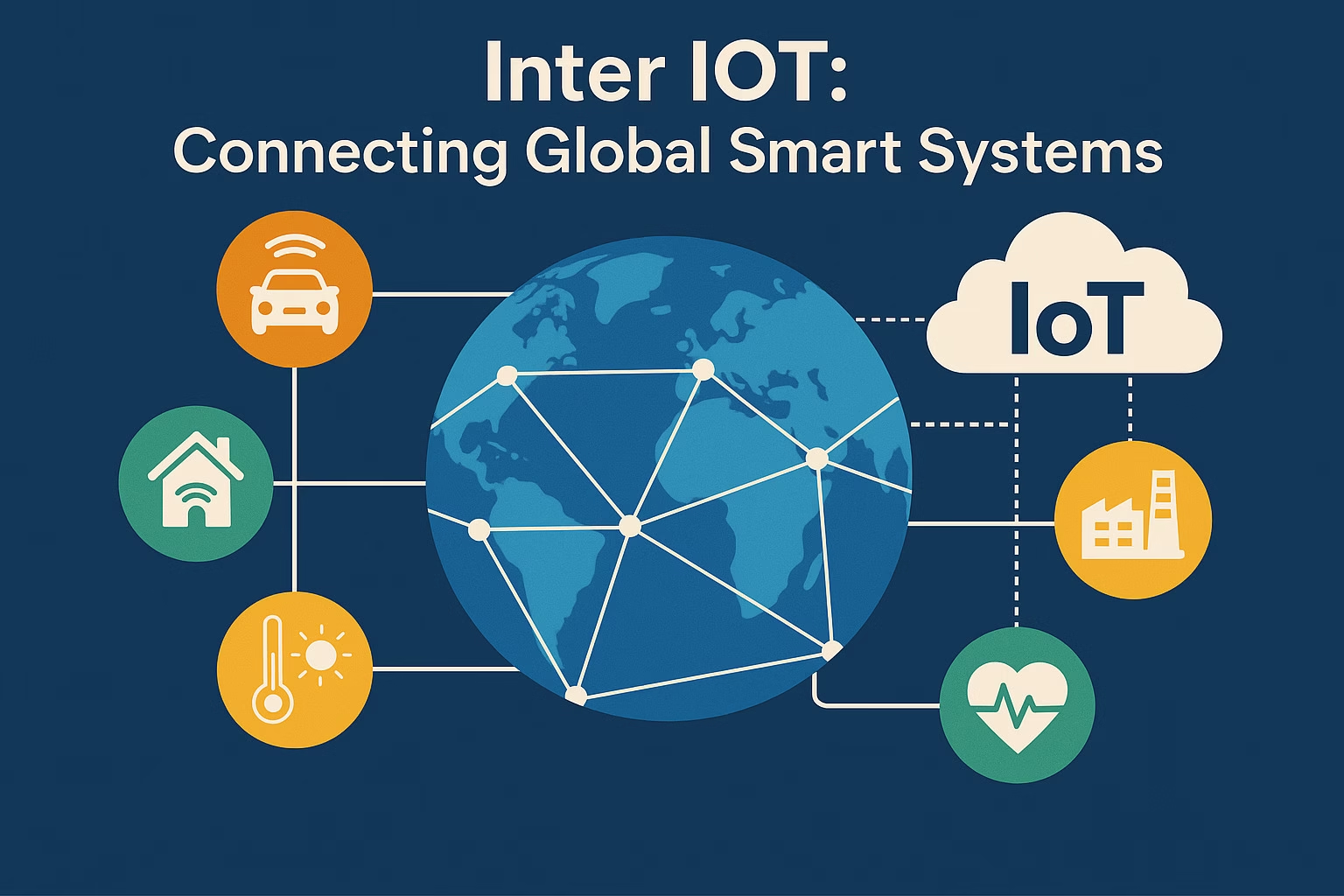
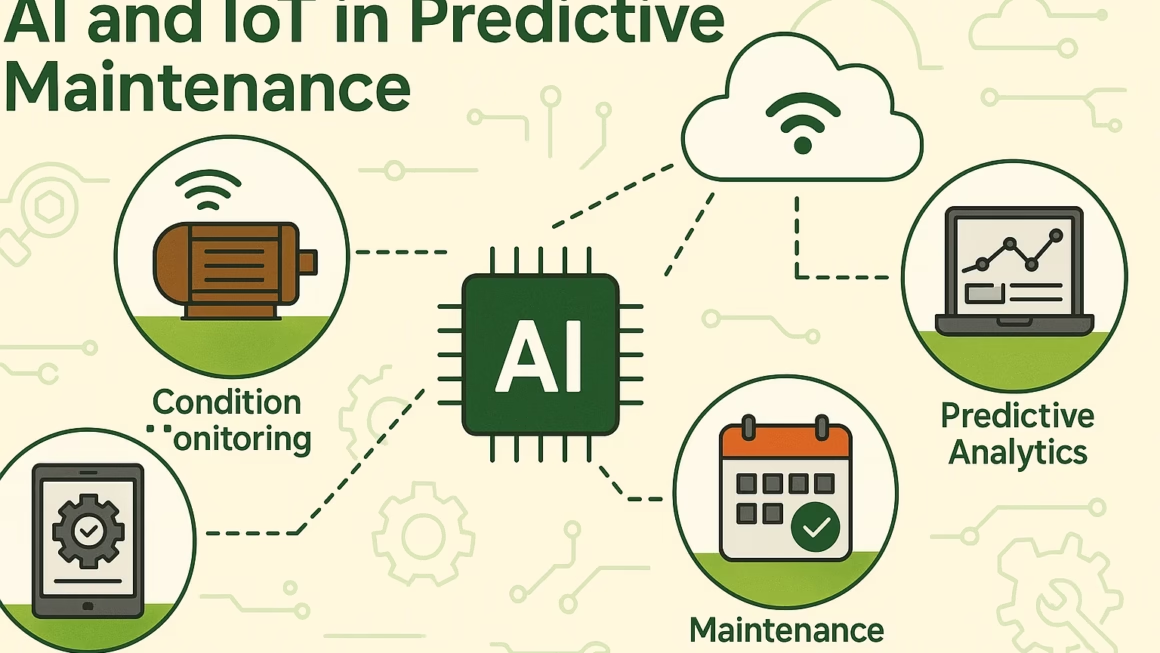
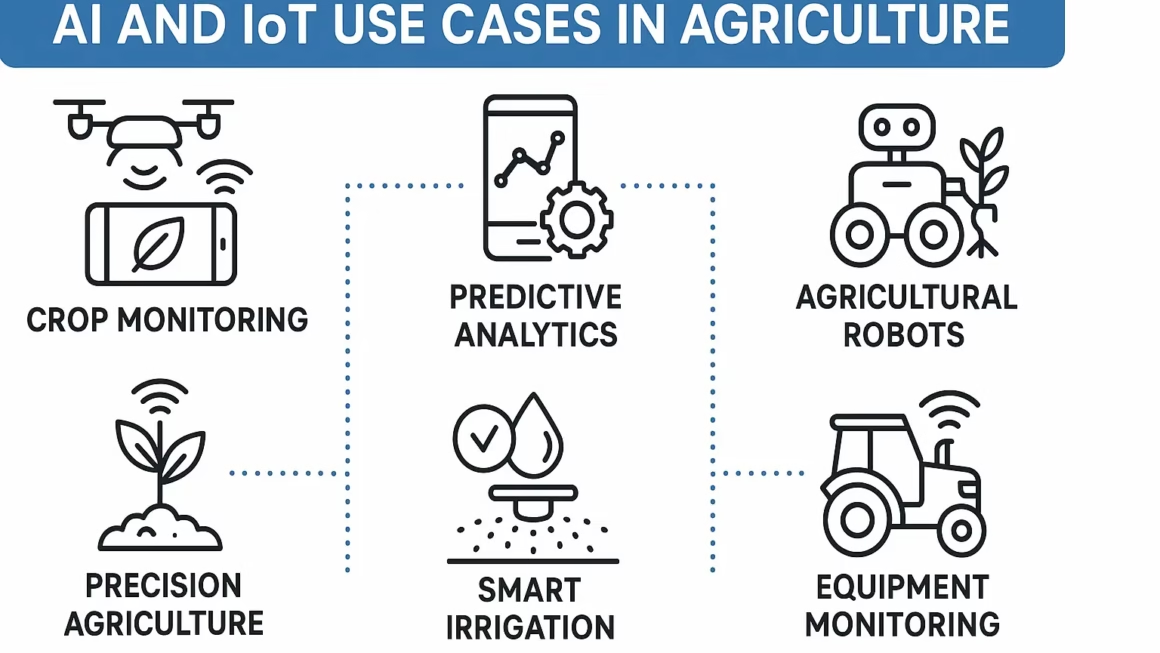
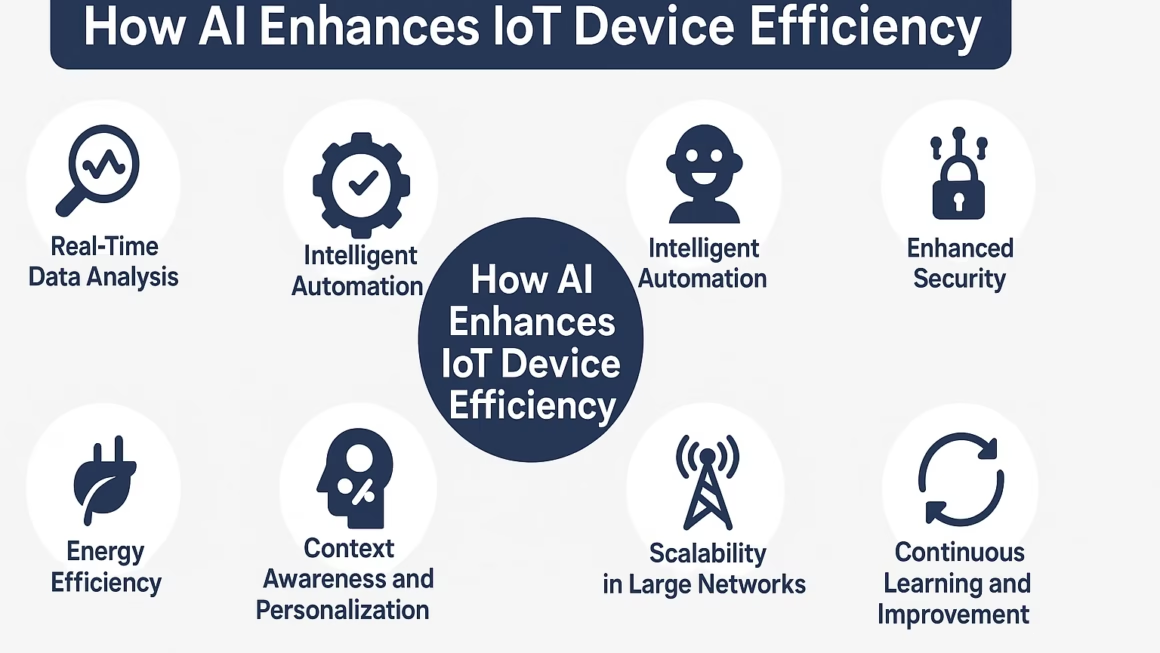
One thought on “Inter IoT 5 ways Connecting Global Smart Systems”